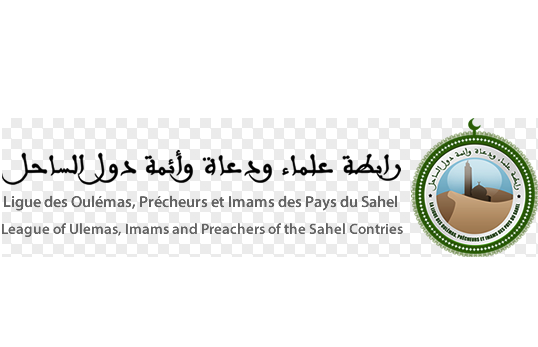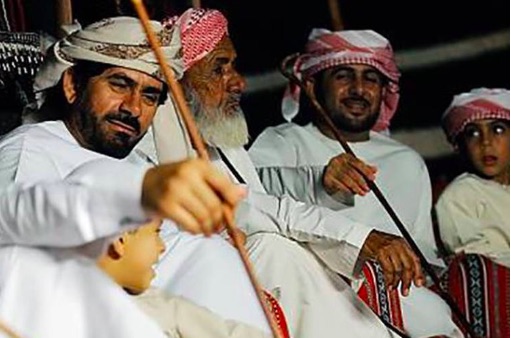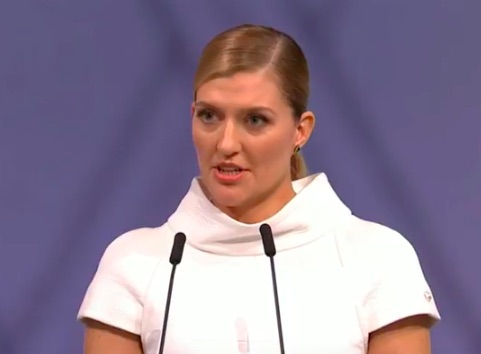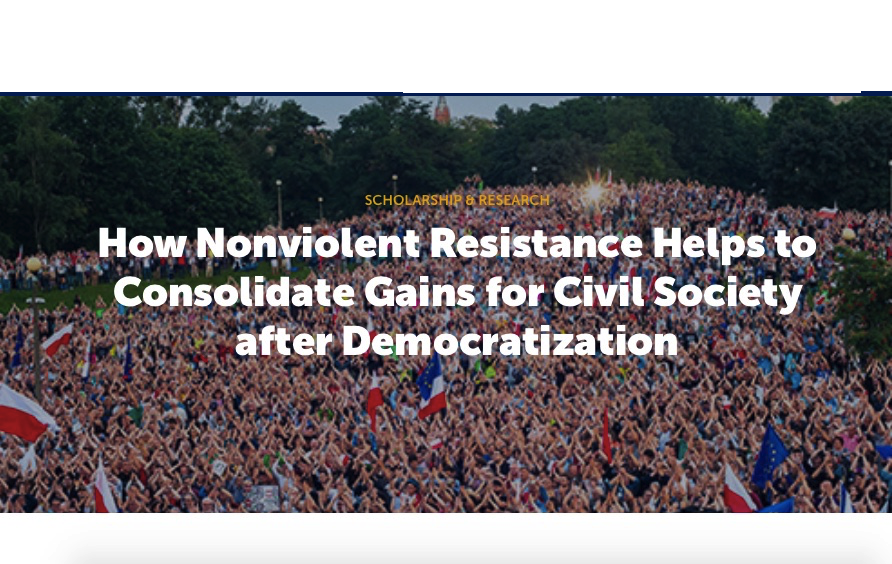As we finish the year 2017 we can see continued progress in all areas of the culture of peace.
The struggle to stop violence against women was more pronounced than ever this year, as described in the December bulletin, devoted to the International Day for the Elimination of Violence against Women. This month the mobilization was continued in the 16 days of activism with examples, from Senegal, Burundi, Canada, Colombia, Honduras, Yemen and Australia, among others and a major effort by education unions.
We begin to see the possibility of nuclear disarmament as a result of progress at the United Nations in 2017 as a result of important initiatives of the civil society, as described in the bulletins of June, July, August and November, and marked by the Nobel Prize for Peace.
The decision by the World Bank to halt investment in exploration for fossil fuels is the latest in many important disinvestment initiatives last year. Along with the progress in renewable energy, this begins to allow us to escape from the climate warming caused by fossil fuels, as demanded by the climate marches of Earthday described in our bulletin of May.
In our bulletin of March, we reviewed mass mobilizations that have supported democratic participation. A recent study, reviewed in an article we published last month, shows that such mobilizations have a measurable effect in both the short term and the long term.
As for actors, the United Nations continued to play a key role for a culture of peace, as featured in our February bulletin and as marked last month by its annual culture of peace resolution.
As we have seen in recent years, and featured in our bulletins of July and September, a leading role for the culture of peace continues to be played by Latin America. In December we carried articles from Ecuador, Mexico, Brazil, Colombia and Honduras.
Celebrations of the International Day of Peace continue to grow around the world. This year, we found 562 events listed on the internet, much more than the 182 that we were able to find in 2016. It is especially remarkable that the events this year came more or less evenly from all regions:
128 in North America
104 in the former Soviet Union
96 in Europe
81 in sub-Saharan Africa
67 in Asia
58 in Latin America and the Caribbean
28 in the Middle East and Arab States
As described in our October bulletin the celebrations of the International Day of Peace were often led by children.
In sum, we see the continued development of anti-war consciousness and recognition of the need for a culture of peace. On the other hand, we have yet to see this progress resulting in the development of an institutional framework for the culture of peace.
|
WOMEN’S EQUALITY |
TOLERANCE AND SOLIDARITY |
DEMOCRATIC PARTICIPATION |
SUSTAINABLE DEVELOPMENT |
|
DISARMAMENT AND SECURITY |
HUMAN RIGHTS |
FREE FLOW OF INFORMATION |
EDUCATION FOR PEACE |







